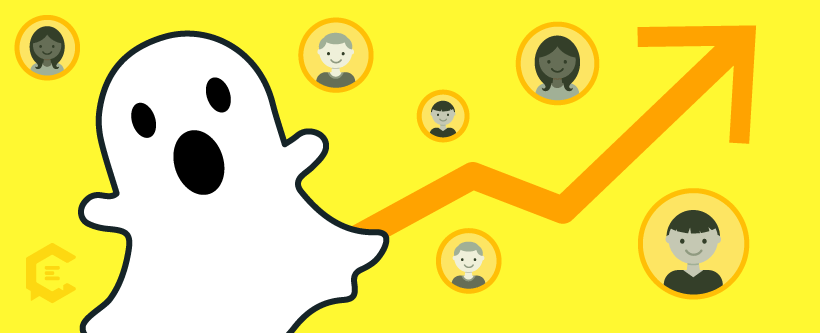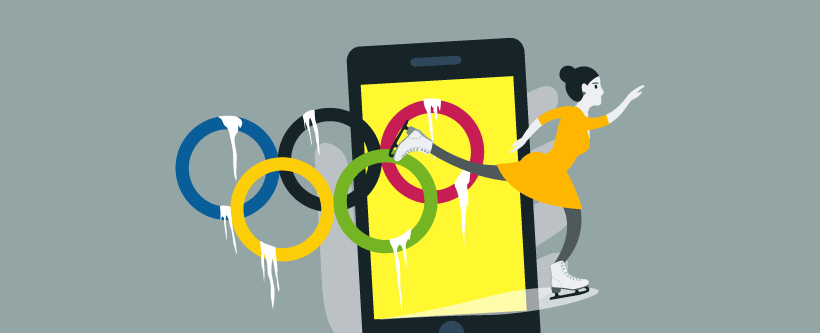 In a week where love is openly expressed, Snapchat users are feeling an opposite emotion about the app’s new update. Regardless of where you fall on the spectrum of emotions with the redesign, there is a lot more than just Snapchat to discuss this week. Take a look at the news and information that should be on your radar.
In a week where love is openly expressed, Snapchat users are feeling an opposite emotion about the app’s new update. Regardless of where you fall on the spectrum of emotions with the redesign, there is a lot more than just Snapchat to discuss this week. Take a look at the news and information that should be on your radar.
Snapchat’s rollercoaster week leaves users, analysts confused about its future
After a stellar 2016, in which it became the channel du jour for marketers, Snapchat spent much of 2017 trying to jump out from behind Instagram’s shadow. If the past week is any indication of what the rest of 2018 will look like for Snapchat, it’s hard to tell how the photo- and video-sharing app will be remembered at the end of this year.
In some ways, this week brought news Snapchat users have been waiting months to hear. In other ways, we may remember this week as a miserable failure. Time will tell.
So, what went well this week for Snapchat…
A surge in users
Snapchat revealed last week that its daily active user growth in the last quarter of 2017 increased by 9 million active users per day — a 5 percent increase. This increase in usage is the largest jump for Snapchat since the third quarter of 2016. Perhaps one of the significant reasons for the increase in users might be….
Teens are leaving Facebook
A just-released eMarketer report reveals that for the first time, less than half of 12- to 17-year-olds will use Facebook this year. The report also shows that Facebook is poised to lose two million users under the age of 25 this year. In the meantime, Snapchat is expected to add 1.9 million users by the end of 2018.
Partners can now livestream
Snapchat has started to roll out to publishing partners the ability to livestream. NBC is the first to try it out with content from the Olympics. The ability to stream live through Snapchat — if rolled out more broadly — could help the channel regain some of the active users who have migrated toward Instagram.
This all would all be great except for one major detail…
Users (really) hate Snapchat’s redesign
They don’t just hate it a little bit either — they loathe it. How much so? One user photoshopped a tweet that made it seem like Snapchat might go back to its previous design if he could get 50,000 retweets. How many retweets did he get? The number is currently at 1.4 million and counting. So, yeah, people despise the redesign.
Online personality Davison spoke about this in a recent YouTube video.
“I don’t know. I personally think Snapchat’s days are now numbered. I think Instagram is offering a superior service because it is far more simplified than this piece of trash,” Davison said. “Between force-feeding you your friends’ stories, removing the ability to easily delete conversations, and force-feeding us Bitmoji, it’s enough to make me want to say, ‘You know what, Snapchat, Instagram’s way better than you are.'”
Time will tell if Snapchat is truly in for smooth sailing or if the new design will cause users to abandon ship.
Facebook released a new tool for community admins to make it easier for them to share messages with communities, receive member requests and group insights in the same location, and personalize colors for the group. The social giant also announced a Community Leadership Program.
A full 78 percent of all online videos that will be consumed in 2018 will be viewed on mobile devices, according to a study from eMarketer. The study also anticipates that nearly a quarter of the world’s population will watch a video on a mobile device this year.
YouTube Chief Business Officer Robert Kyncl joined online personality Casey Neistat this week to discuss questions Neistat had about the channel’s relationship with creators. Kyncl responded to concerns, saying that YouTube wants “to make sure that everybody who is monetizing is doing the right thing.”
After promising to show actual reach of posts in late 2016, Facebook now has the technology to do so. Starting this week, pages will see their reach decrease, as the number reported by Facebook will be the actual number of people who saw the post — not just those who could have seen them.










